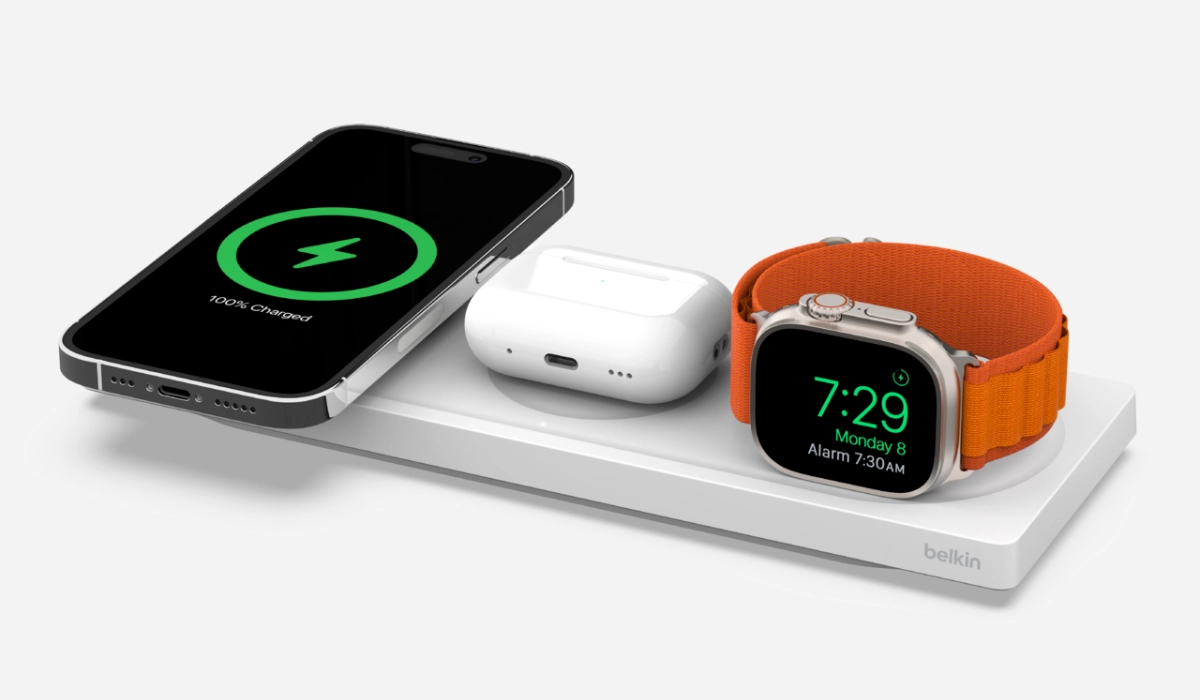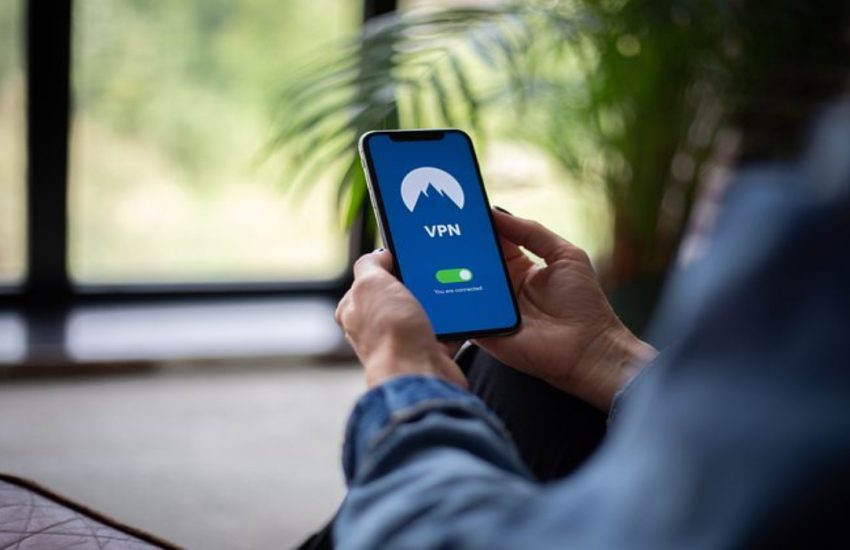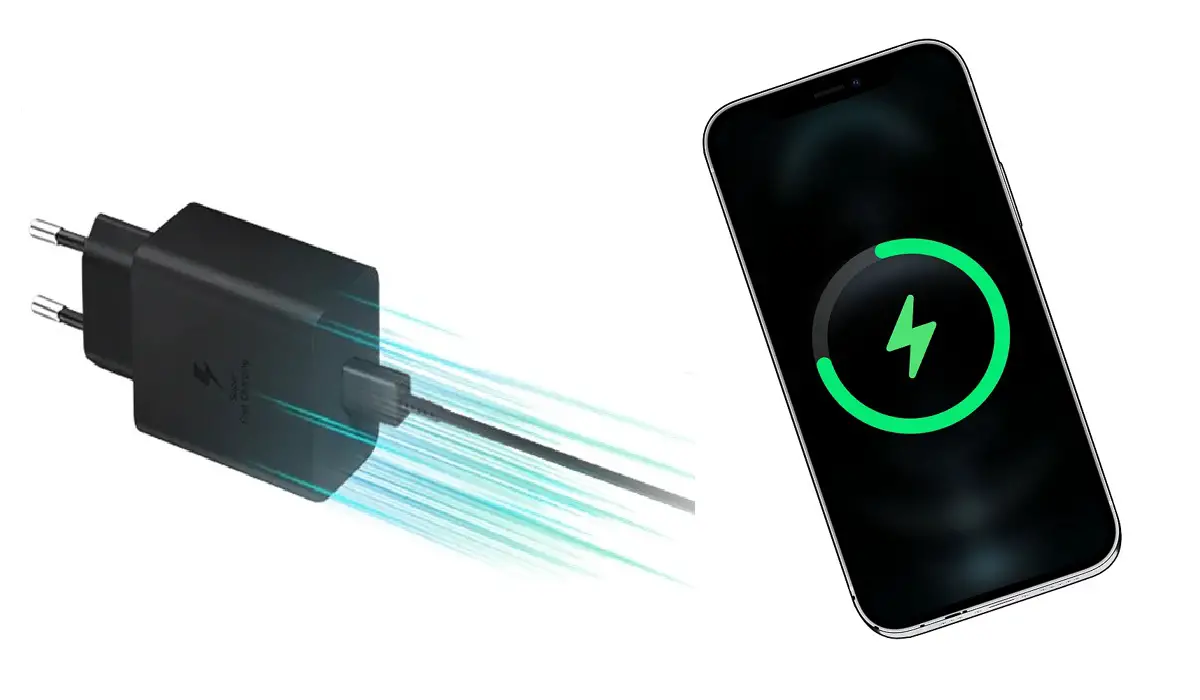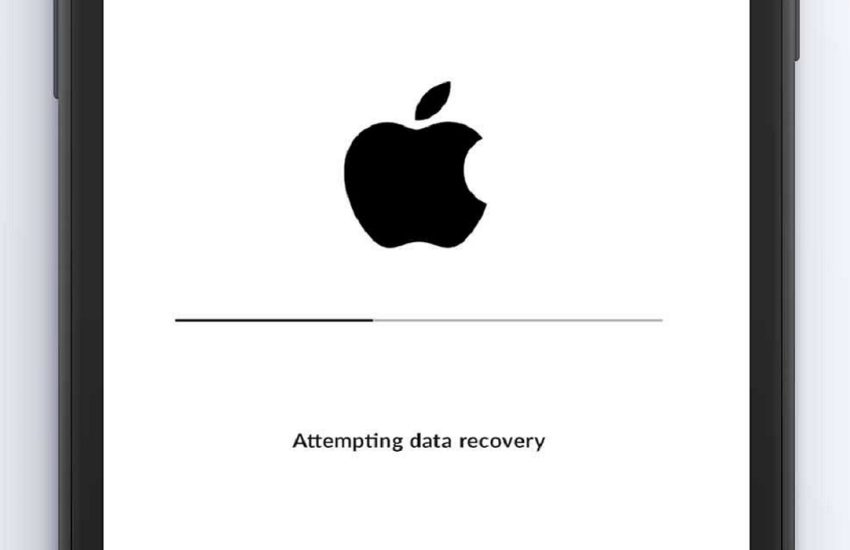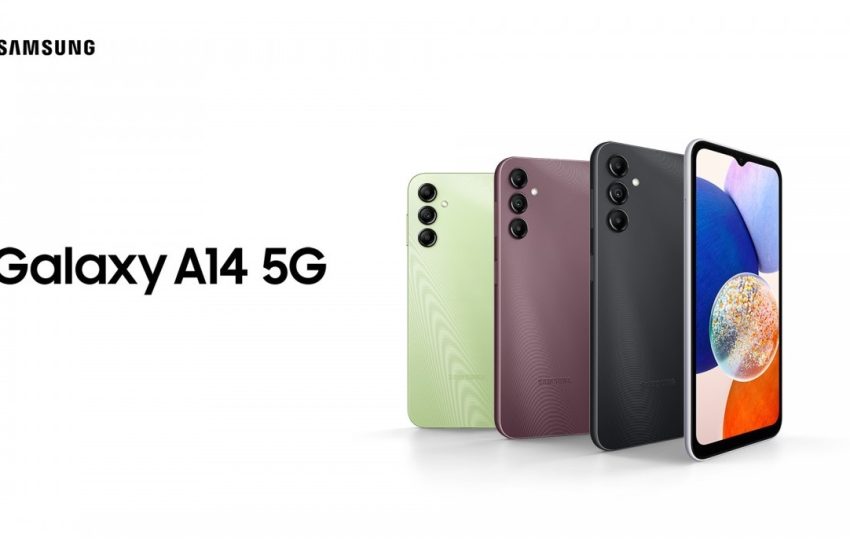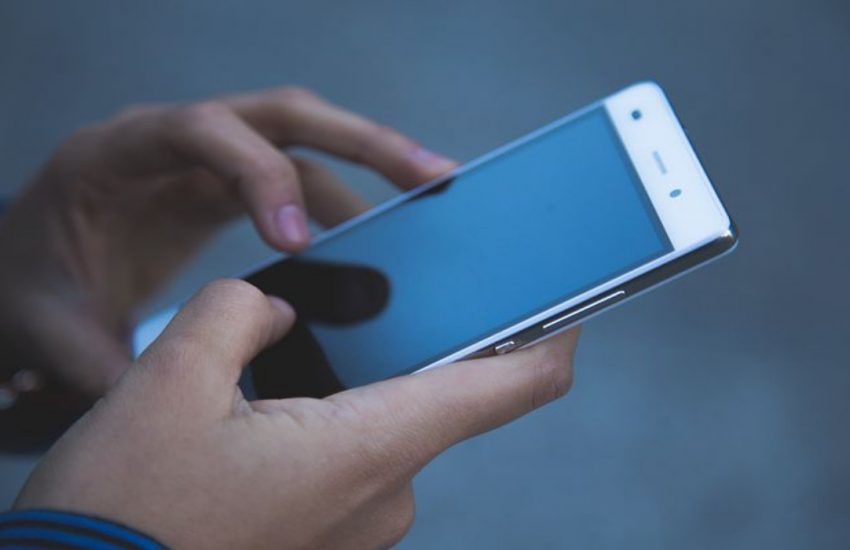Fast wireless charging is a technology that allows you to charge compatible devices, such as smartphones or smartwatches, at an accelerated rate without the need for a physical cable connection. It typically uses electromagnetic induction to transfer power from a charging pad or stand to the device’s battery wirelessly.
The standard wireless charging, also known as Qi wireless charging (discussed in detail below), is relatively slower compared to traditional wired charging methods. Fast wireless charging, on the other hand, uses higher power levels to deliver a faster charging speed, reducing the time required to top up your device’s battery significantly.

Table of Contents
What do you need to charge your cell phone with wireless charging?
To take advantage of fast wireless charging, both the charging pad or stand and the device being charged must support the fast charging standard. Most modern flagship smartphones and high-end devices from major manufacturers are equipped with wireless fast charging capabilities.
One of the benefits of fast wireless charging over traditional wired charging is convenience, but it may generate more heat during the charging process. Some devices have built-in safety features to regulate temperature and prevent overheating. Always use certified chargers and charging pads that are specifically designed for your device to ensure safe and efficient charging.
List of popular fast wireless charging standards
There are several wireless fast charging standards available in the market. Some of the most popular ones include:
- Qi (pronounced “chee”): This is the most widely adopted wireless charging standard and is used by many smartphone manufacturers. Qi wireless chargers typically offer charging speeds of up to 15W on compatible devices.
- Apple MagSafe: This is a proprietary wireless charging standard developed by Apple for its iPhone 12 series. MagSafe wireless chargers can deliver up to 15W of power to compatible iPhones.
- Samsung Fast Wireless Charging: This is a proprietary wireless charging standard developed by Samsung for its Galaxy smartphones. Samsung Fast Wireless chargers can deliver up to 15W of power to compatible devices.
- OnePlus Warp Charge: This is a proprietary wireless charging standard developed by OnePlus for its smartphones. OnePlus Warp Charge wireless chargers can deliver up to 30W of power to compatible devices.
- Xiaomi Mi Charge Turbo: This is a proprietary wireless charging standard developed by Xiaomi for its smartphones. Xiaomi Mi Charge Turbo wireless chargers can deliver up to 30W of power to compatible devices.
How fast is fast wireless charging?
The charging speeds of these fast wireless charging standards can vary depending on the specific device and charger used. However, most of these standards can deliver charging speeds of up to 15 watts (15W), with some proprietary standards like OnePlus Warp Charge and Xiaomi Mi Charge Turbo offering even faster charging speeds of up to 30W.
What is reverse wireless charging?
Reverse wireless charging, also known as bilateral or two-way wireless charging, is a feature available in some modern smartphones and devices that allows them to function as both a wireless charger and a wireless charging receiver simultaneously.
With reverse wireless charging, you can use your smartphone or device to charge other compatible devices wirelessly. For example, if your phone supports reverse wireless charging, you can place another device, like a smartwatch or a friend’s phone, on the back of your phone to initiate the charging process. Your phone will act as the charging pad, transferring power to the other device’s battery.
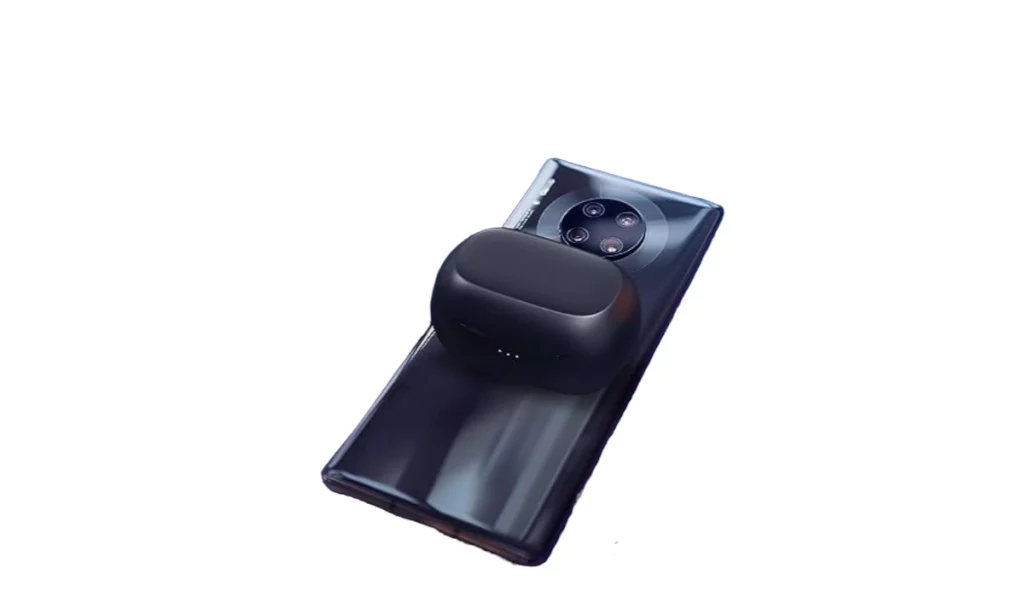
This feature is particularly useful in situations where you have multiple devices with low battery levels, and you don’t have access to a traditional charger. You can simply use one device with reverse wireless charging capabilities to charge another device without needing any cables.
Reverse wireless charging tends to be much slower than traditional wireless charging methods, and it may drain your phone’s battery faster, especially if charging multiple devices at once. Not all smartphones that have wireless charging have this feature, so it is essential to check your device’s specifications to see if it supports reverse wireless charging. Additionally, not all devices can be wirelessly charged using this method, as it requires compatibility with the specific reverse wireless charging standard.

